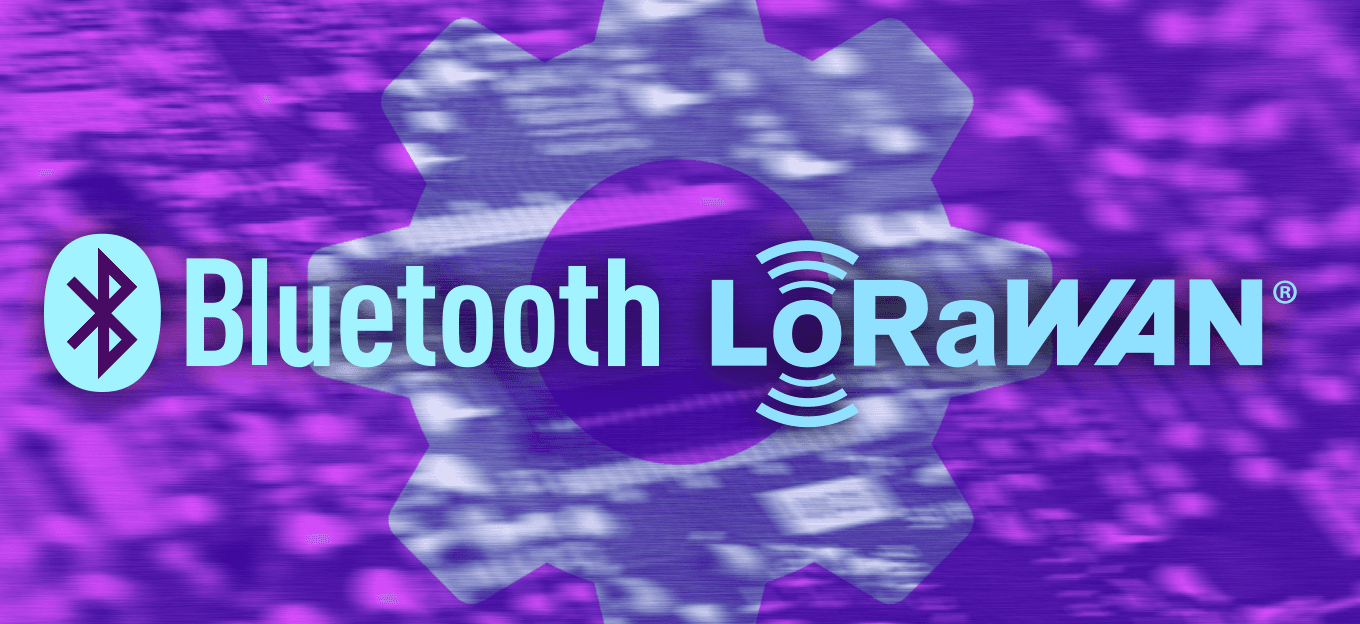Catch the Leak Before it Catches You! IoT & Leak Prevention
Catch the Leak Before it Catches You! IoT & Leak Prevention
- Last Updated: December 2, 2024
MultiTech
- Last Updated: December 2, 2024



According to industry estimates, 14,000 people in the U.S. experience a water damage emergency at home or work each day. The costs are just as staggering with water damage and mold costing the insurance industry 2.5 billion dollars per year. Given these astounding numbers, it is no doubt that insurers see leak detection as pivotal, a “must-have” in insuring commercial and residential buildings. Fortunately, there are now technology solutions that leverage the Internet of Things (IoT) to minimize these costly water damage disasters. Such solutions are generally comprised of water leak sensors, temperature and/or humidity sensors, a web-based console that provides sensor management, and a LoRaWAN wireless sensing network connected to the internet via an Ethernet or LTE-based LoRaWAN gateway. There are, however, important considerations (and red flags!) to keep in mind in purchasing products and solutions.
Choosing the Right Sensor
Utilizing sensors that can rapidly detect leaking liquid is pivotal to all water leakage solutions. The two main types of water sensors include an indoor water probe sensor (used for bathrooms, showers, toilets, or any location where a leak is possible) and water rope sensors that are used indoors or outdoors and measure water leaks along a perimeter. Rope sensors come in a variety of lengths and are ideal for server rooms or any areas where monitoring is vital across a broad area vs. a specific point.
It is also important to choose sensors with batteries that last several years, accomplished through ultra-low power “sleep modes.” Not all sensors are the same, however, and sensors with high power consumption caused by poor radio performance or less than optimum sleep modes will fade fast and introduce even more problems into the solution. Good quality sensors will last at least 5 years before requiring battery service.
Often misunderstood is the relationship between the performance of the radio frequency strength and overall system reliability. Good wireless performance is critical to ensure all information is transmitted successfully without data loss or inefficient data re-transmissions.
LoRaWAN Sensors for Water Leaks
Connectivity between sensors and a network can be challenging. Connectivity options have recently expanded and generally include Wi-Fi, cellular, and the new wireless sensing standard based on LoRa. LoRa stands for Long Range, Low Power. LoRa is ideal for applications that transmit small chunks of data with low bit rates with data being transmitted at a longer range (compared to technologies like Wi-Fi, Bluetooth, or ZigBee). These features make LoRa well-suited for sensors that operate in low-power mode and require reliable, long-distance data transmission. WiFi, however, can be unpredictable, power-hungry, and difficult to manage. Cellular is not ideal, as paying for data plans for each sensor is overkill and just too costly. For connecting sensors within water leakage solutions, LoRa truly shines, functioning well within a building environment where communication between thick floors and walls is essential.
Pivotal to any solution utilizing LoRa is the installation of LoRa gateways. LoRaWAN gateways connect wirelessly to the water leak sensor and provide connectivity from the sensors to the associated software platform, whether locally hosted or on the cloud. These gateways can be placed throughout the building and work collectively to connect relevant data received from the sensors. It’s also important to note that sensors with better range also enable users to utilize fewer gateways.
"For connecting sensors within water leakage solutions, LoRa truly shines, functioning well within a building environment where communication between thick floors and walls is essential."
-MultiTech
Water Leakage Solutions Today
The industry is growing and developing fast! Larger organizations with internal IoT groups may develop solutions internally utilizing LoRa sensors and gateways developed by organizations, but smaller integrators and solution providers selling water detection systems play a critical role too. In such a model, these providers not only develop and install the system but handle billing and the day-to-day monitoring of the system. A system comprised of a LoRAWAN network utilizing LoRaWAN gateways and wireless leak detection sensors is an ideal solution. To provision sensors, it may also be helpful to utilize consoles such as the RadioBridge Device Management Console that assists with sensor setup by configuring the sensor as well as decoding the sensor data that can then be linked with the users’ platform.
Integrating wireless leak detection data, alerts, and notifications into the application platforms used by innovative facilities management companies is on the rise. Building owners, facilities managers, and commercial tenants can all benefit from the risk mitigation afforded by wireless leak detection. In many cases, insurance companies will be engaged as well, providing rate reductions or improved terms for clients who have proactive lead detection systems in place. Once the first LoRaWAN application is deployed, those same companies are finding many ways to further leverage their LoRaWAN wireless sensing infrastructure by deploying additional sensor types as well.
The Most Comprehensive IoT Newsletter for Enterprises
Showcasing the highest-quality content, resources, news, and insights from the world of the Internet of Things. Subscribe to remain informed and up-to-date.
New Podcast Episode

The State of Cybersecurity in IoT
Related Articles





